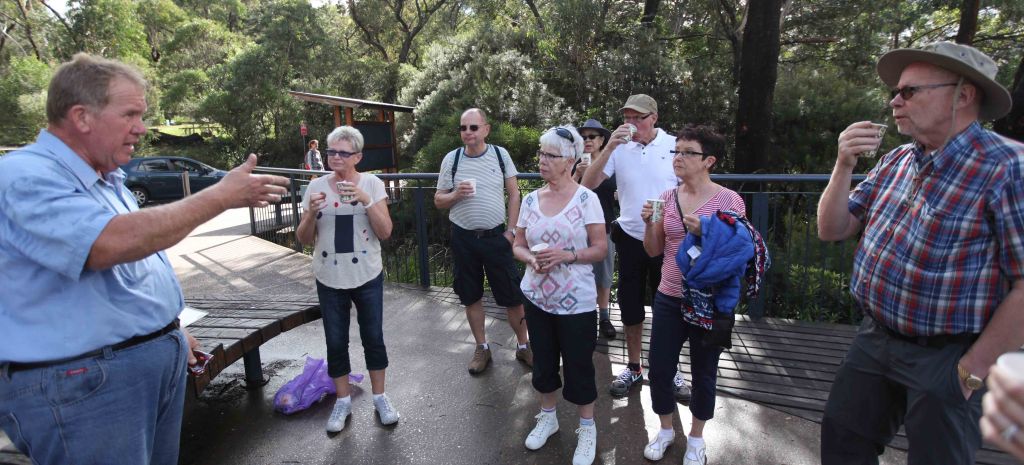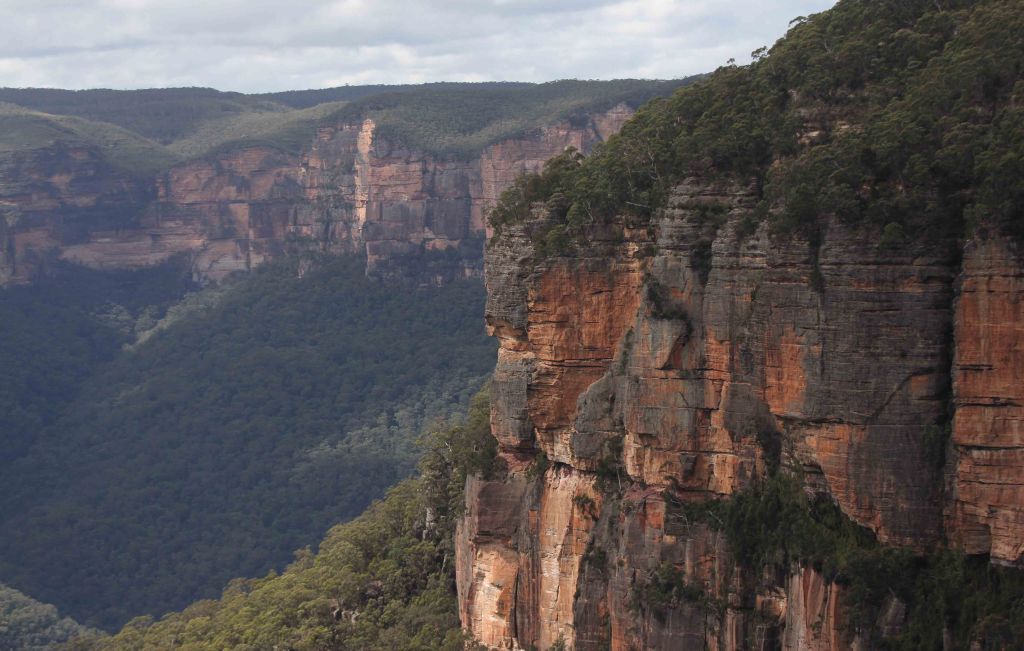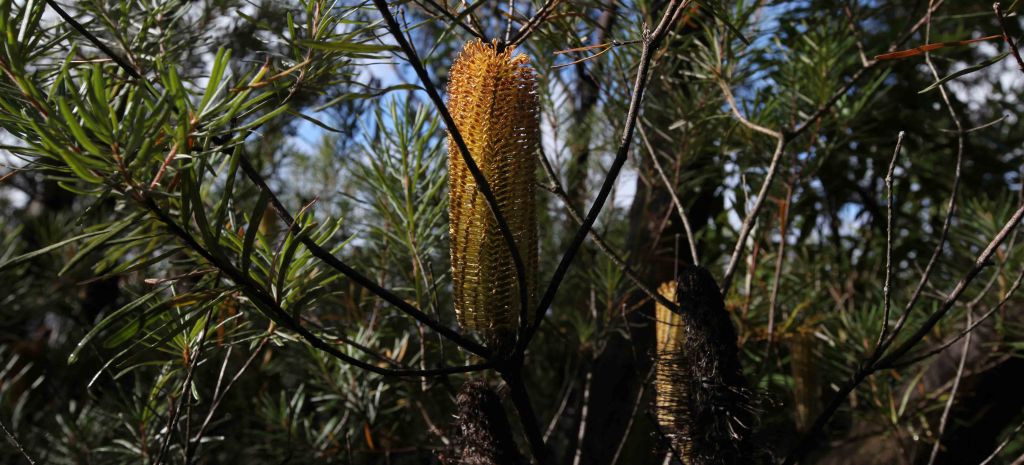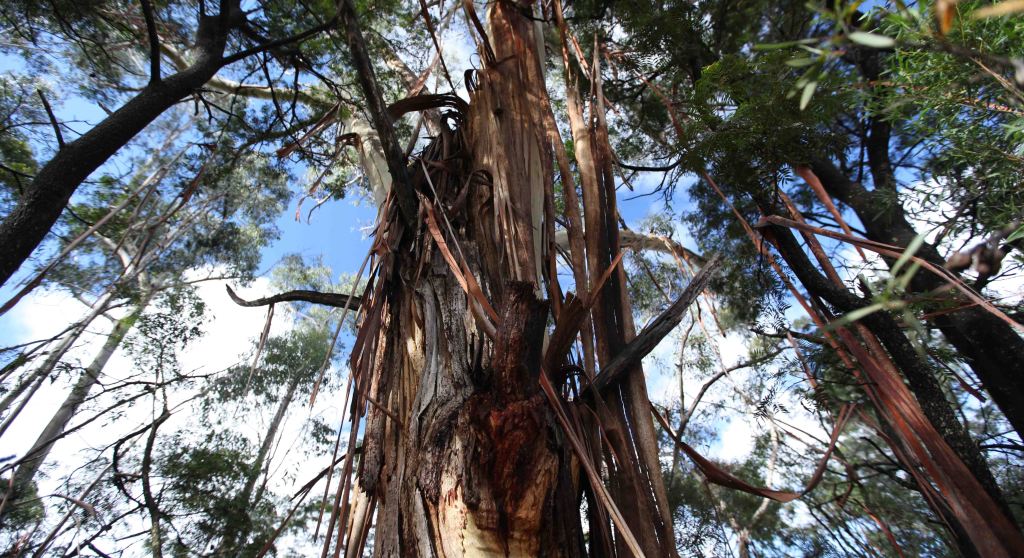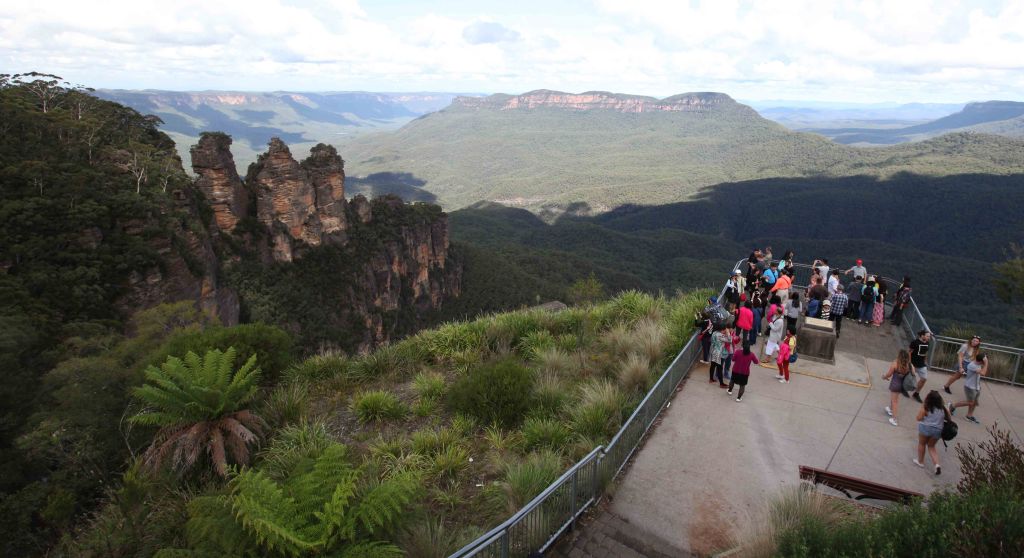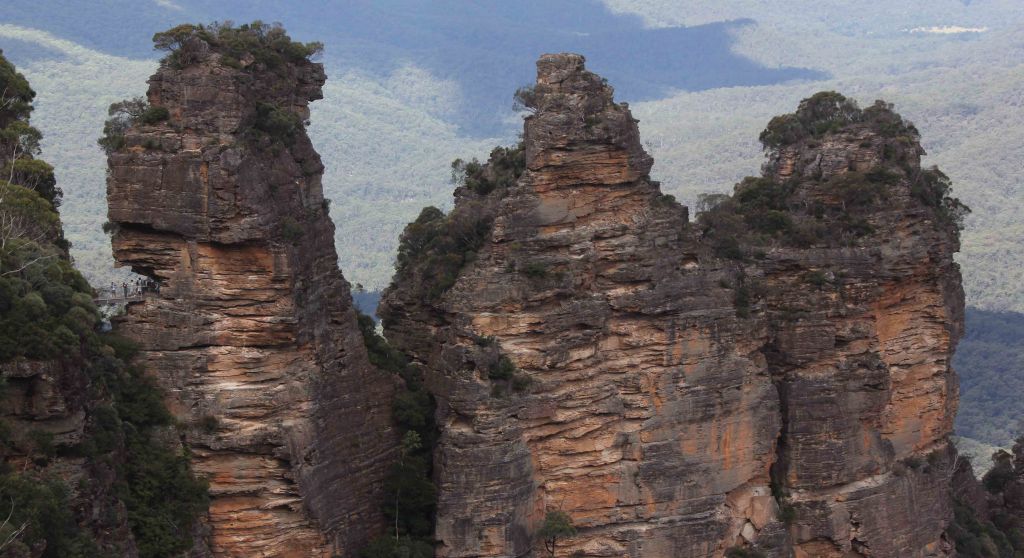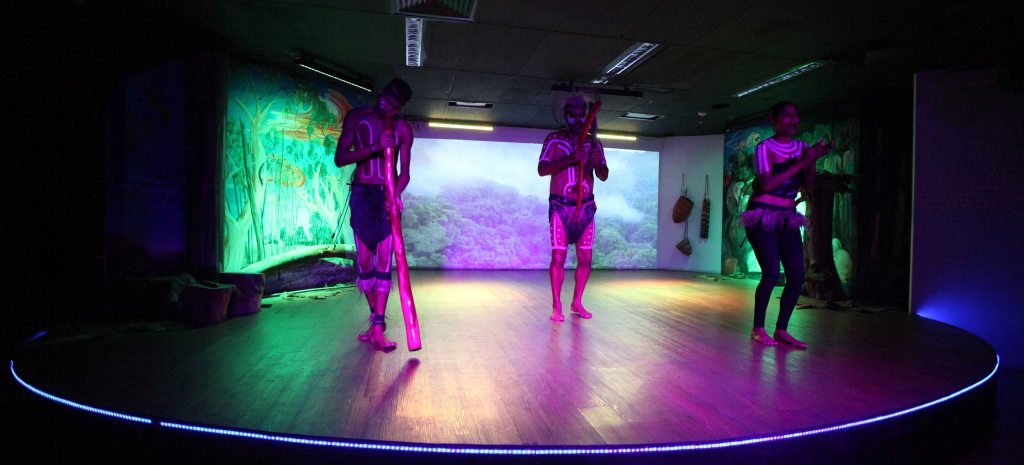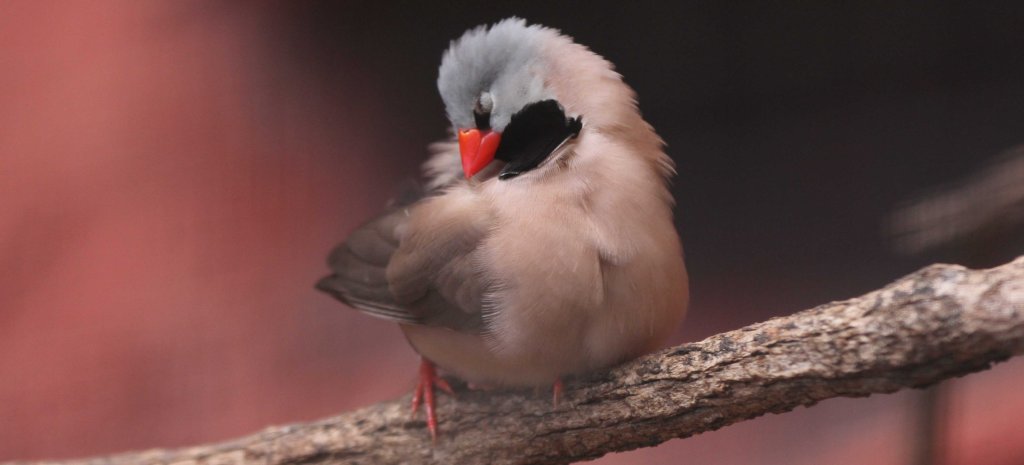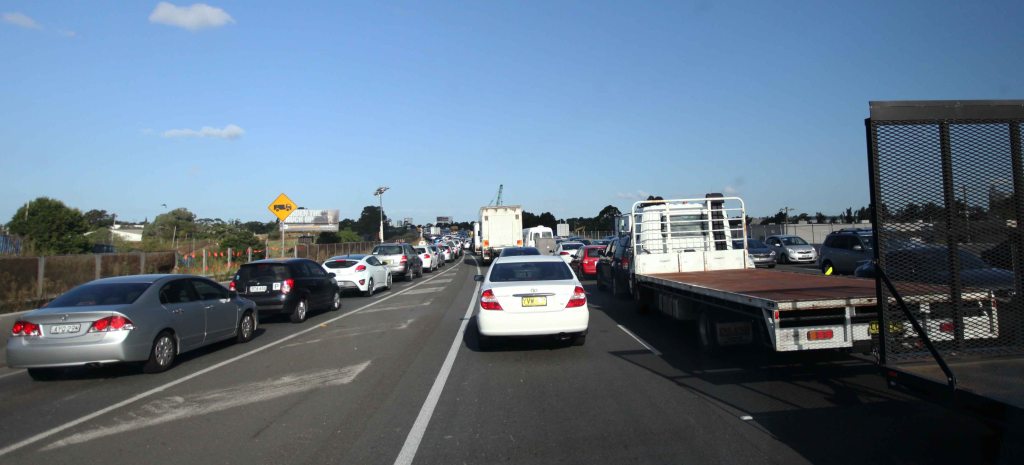Blue Mountains
We had a day’s outing to the Blue Mountains north of Sydney, at the beginning of our trip. The name refers
to the blue haze from oils exuded by eucalyptus trees. It might also refer to the colour of the blue gum trees.
The mountains were a barrier for the English settlers. Many explorers got lost in the valleys and died.
Only after an explorer took the advice of local Aborigines to follow a ridge line could the interior be settled.
We had a very good guide, Jim from Boutique Tours Australia, who
drove us around, gave a lot of history and explaned what we saw.
A first stop at a lookout point, 200 steps and 20 minutes. It was rainy in Sydney but the skies cleared during the day.
The lookout point had a great view, and a wet bench.
The view was spectacular.
The lookout point had very good information stands. The group drinks morning coffee brought by Jim.
Govett’s Leap Lookout. The cliff walls were insurmountable by the early explorers. It is easy to imagine getting lost.
Govett’s Leap Lookout.
A signature tree. The signatures are made by insects eating under the bark.
One of many bottle brush trees. This variety looked like corn cobs.
There are 739 different species of eucalyptus, these naturally shred their bark.
The Three Sisters Lookout, a popular place that includes a centre with shops and information about Aborigines.
The Three Sisters, left centre, were not visible when we came because of low hanging clouds.
After lunch when the clouds lifted, Jim was kind enough to bring us back for a second try.
The Three Sisters were very impressive. There are people getting a closer look on the left.
Waradah Cultural Centre is close to the Three Sisters.
Aboriginal art for sale.
And a large variety of didgeridoos in the shop.
Thomas Dahlgren trying to blow a didgeridoo. It is very difficult.
A short performance explained a few aspects about Aboriginal culture, here
how some sounds from a didgeridoo are associated with different animals.
These three artists performed traditional Aboriginal dances and explained the meaning of different steps.
At the Blue Mountain Conservation centre where we had lunch.
Our final stop for the day was at Featherdale Wildlife Park which is a animal refuge and not at all a zoo.
A special feature of this privately owned park is that many animals run around free – and they are used to humans.
You could get very close to some of the animals, like this wallaby.
The park had many koala bears, especially juveniles. All the koalas had names. Here are, from left,
Montgomery, Paddington and Blossom – but the order may be wrong since they all look alike.
You could have your photo taken with a koala.
Some of the animals were not quite as cuddly as the koalas or wallabys, like these heath goannas.
The crocodile was not very cuddly either.
A guide at the park explained that Tasmanian devils are not very cuddly either. Do not give them
a finger – they hang on until they break the bones. The Tasmanian devil’s large head and neck allow
it to generate among the strongest bites per unit body mass of any existing mammal land predator.
Tasmanian devil females average four breeding seasons in their life
and give birth to 20 – 30 live young after three weeks’ gestation.
The park includes a reptile pavilion.
The echidna, an anteater, has spines like a porcupine, a beak like a bird, a pouch like a kangaroo, and lays eggs like a reptile.
A wombat, which amazingly enough is awake. Those we saw mainly slept.
There are many birds at the park, and there are good information signs.
A golden pheasant, Chrysolophus pictus.
Blue billed duck, Oxyura australis
Masked owl, Tyto novaehollandiae
A long tailed grass finch, Poephilia acuticauda.
Tawny frog mouth (owl), Podargus strigoides.
The exit from the park through the gift shop.
Heading back to Sidney. We saw traffic into Sydney stopped for miles when we
headed out in the morning. It seems Sydney is suffering from traffic constipation.
Jim dropped us off by a ferry, which was a lot faster than by road. It gave us
an opportunity to see more of the city’s waterfront and more affluent housing.
The 45 minute ferry ride took us to the city center and offered a nice skyline view of the city.
The ferry took us under the Sydney Bridge to Circular Quay.

